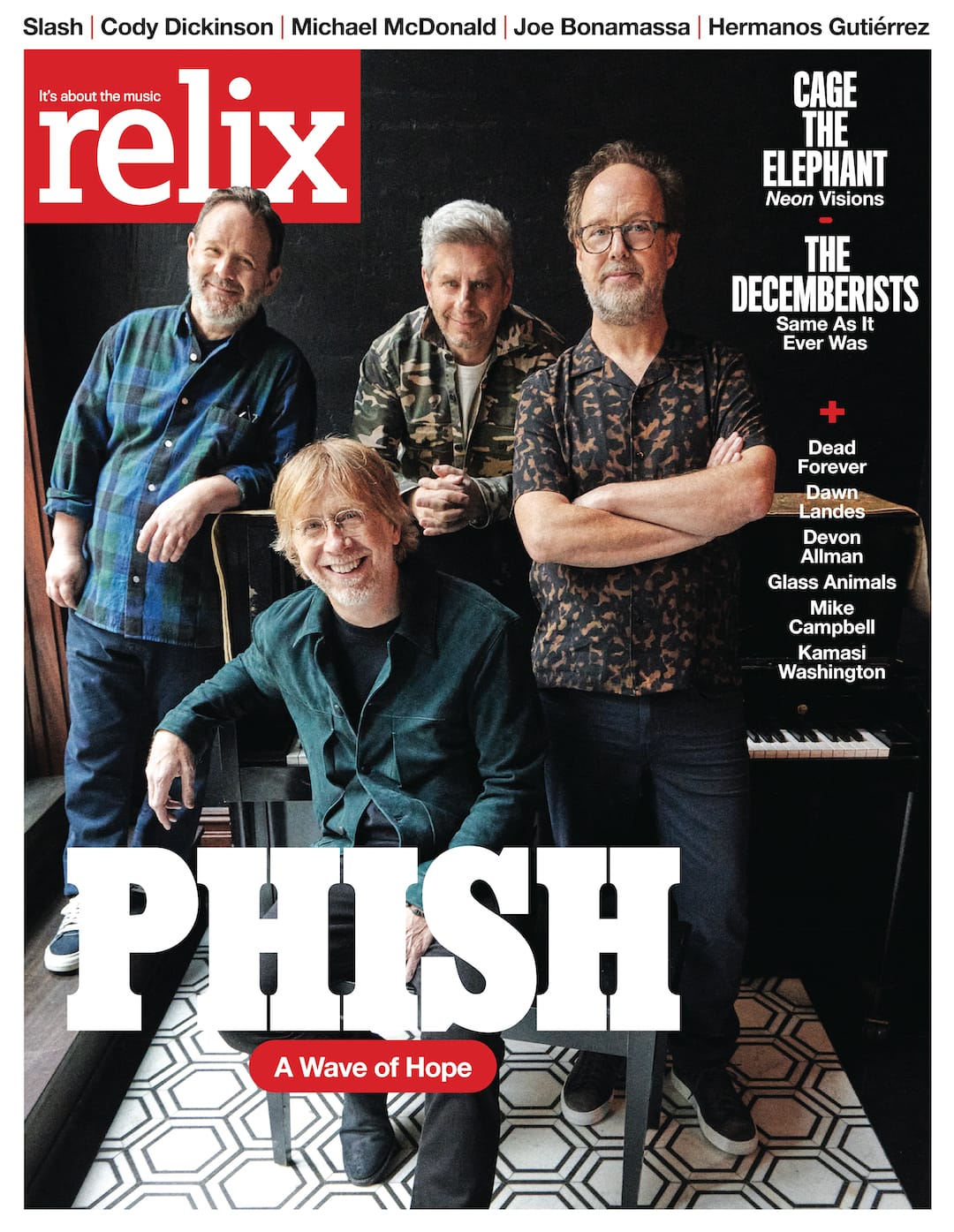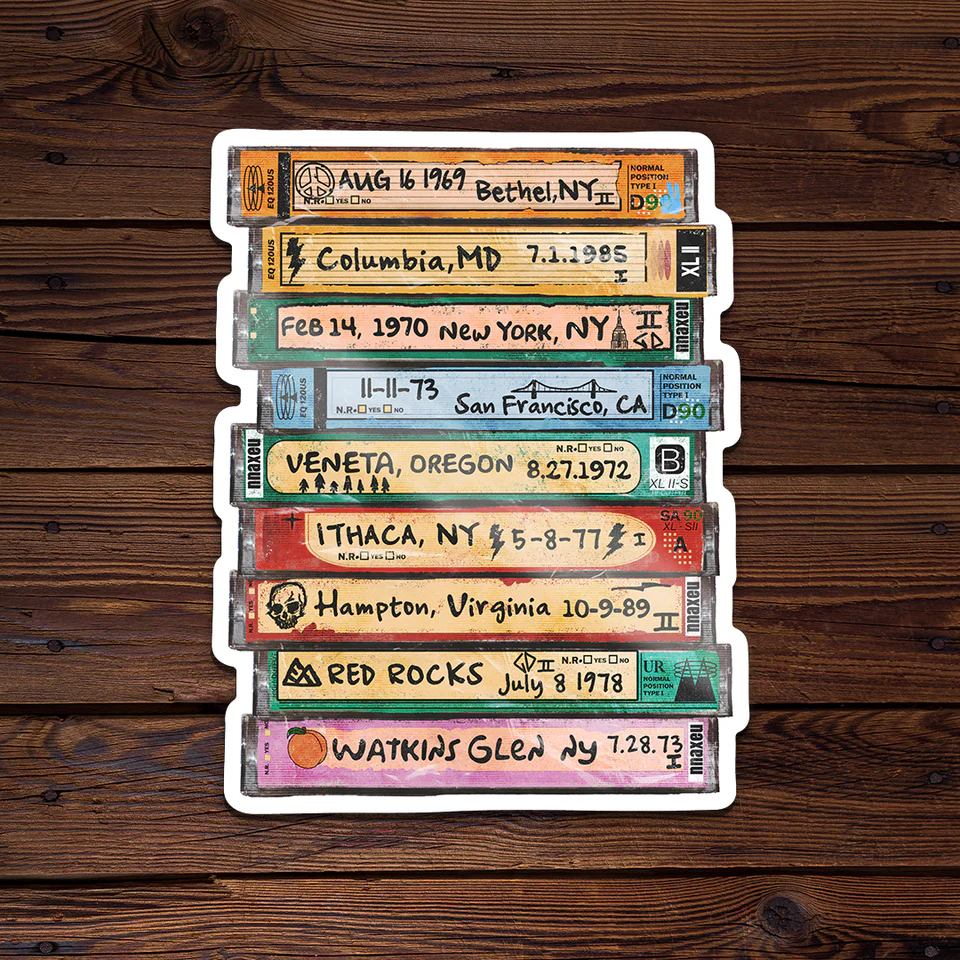Bob Dylan: The Complete Budokan—1978

Bob Dylan performed eight concerts at Tokyo’s Nippon Budokan Hall in early 1978, his first international tour since the mid-‘60s and his first anywhere since the fabled Rolling Thunder Revue shows of 1975-76. Two of the Japanese performances were recorded and quickly distilled into a double LP, simply titled Bob Dylan at Budokan. At 22 songs, it only scratched the surface, an oversight that this new 4-CD (or 8-LP) set aims to remedy. Even this expansion, which presents two complete performances, falls short of giving fans the entire Tokyo run, but with 36 previously unreleased tracks, it’s a significant enough upgrade to allow for a more nuanced look at what Dylan was up to at the time. And what he was up to, it turns out, was as much about looking back as bringing things up to date. Although he had released the monumental Blood on the Tracks just three years earlier, and the commendable Desire in 1976, Dylan—singing clearly and strongly, and accompanied by a sizable band including brass and backing vocals—gave the Tokyo audiences a healthy sampling of his most popular material, ranging from “Like a Rolling Stone” and “Mr. Tambourine Man” to deeper cuts like “Tomorrow Is a Long Time” and “One of Us Must Know (Sooner or Later),” along with selections from the two recent albums. As he’s always done, Dylan retooled many of these songs from the bottom up, some to the point of unrecognizability. “All I Really Want to Do,” a song best known from its jangly cover by The Byrds, is given a stomping martial rhythm, for example, while “I Want You,” from the 12-year-old Blonde on Blonde, is stripped to a spare, quiet meditation. Other tracks, meanwhile, don’t veer all that far from their more familiar arrangements. Critics savaged the original At Budokan, which just missed the Billboard Top 10 in spite of them. The Complete Budokan—1978 may not totally reverse the notion that the tour was a failed effort, but a fresh assessment may have at least some wondering just why the Tokyo performances, some of which were quite inspired and stirring, were trashed at the time.




















